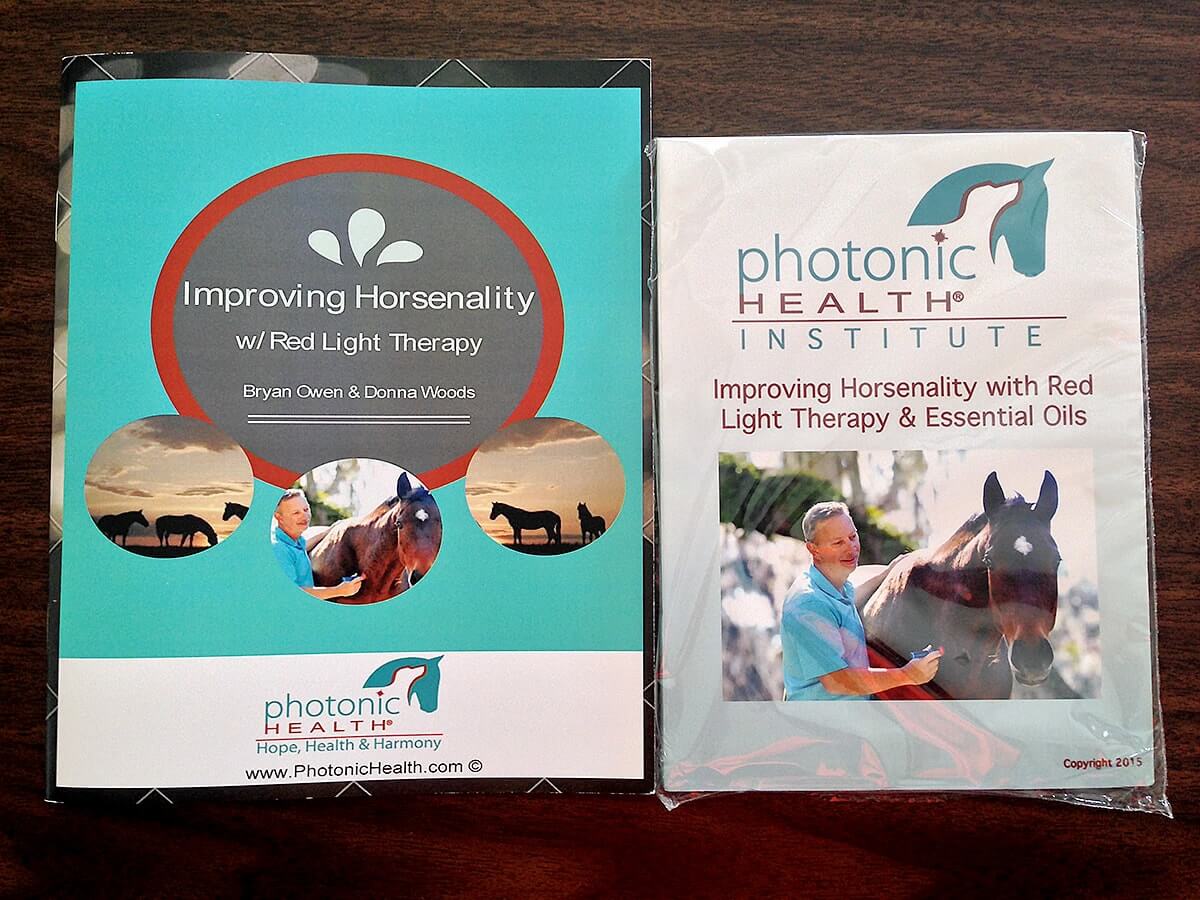Different Horsenalities, Different health conditions
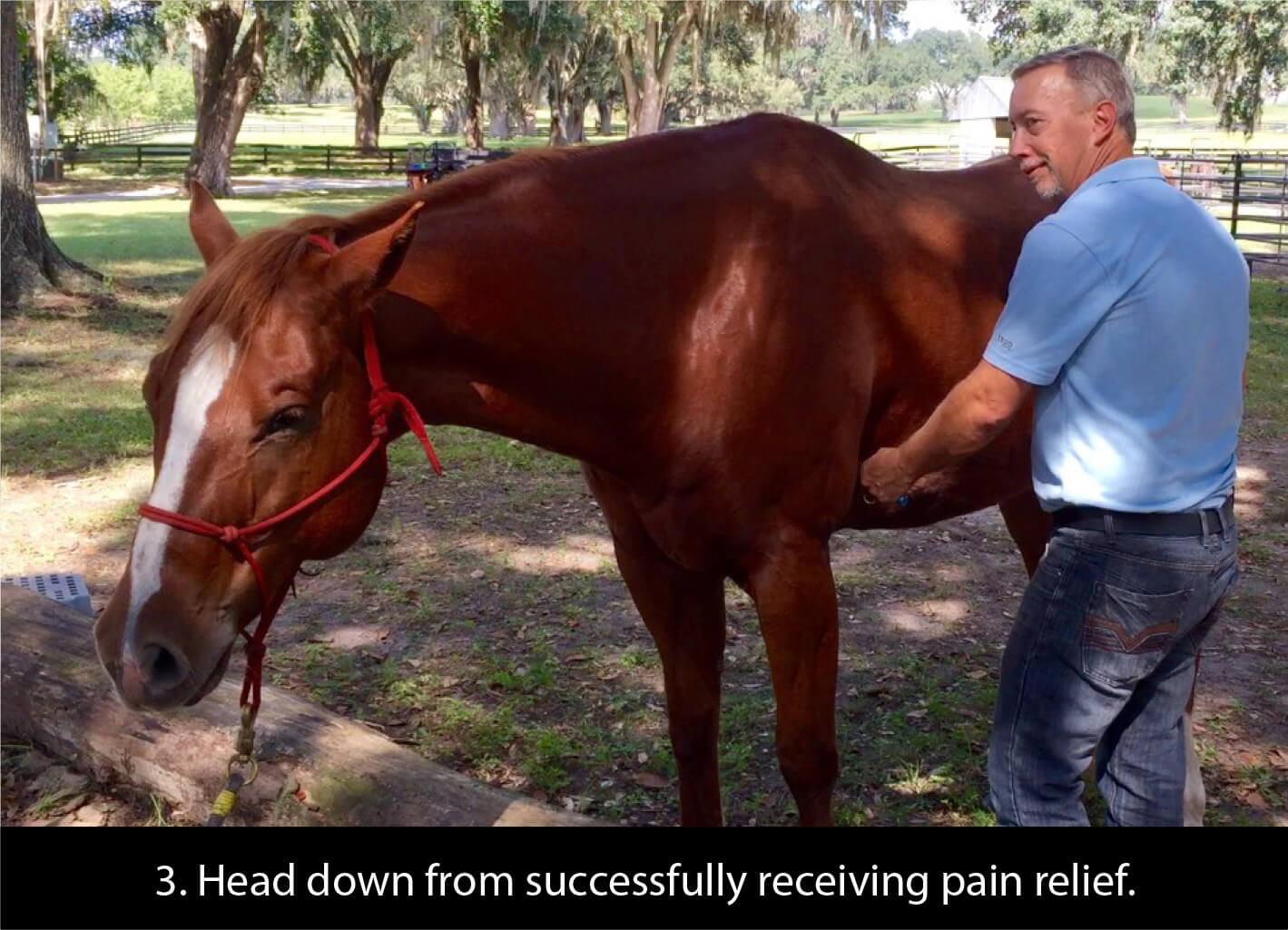
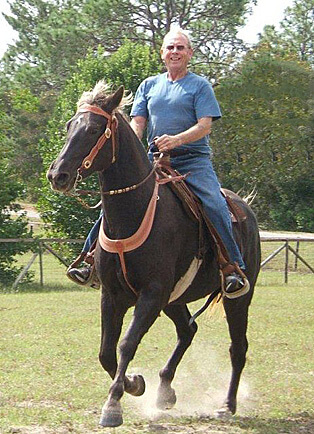
At 68, My Dad Decided To Get A New Horse. This Is Always An Exciting Time -What Breed Of Horse, Sex, Gait, And Color…?
The thrill of shopping for a new horse quickly fades once you acquire a new partner — especially if you have never started your own horse before.
As the daughter watching and observing, a bit of fear overtook me. My dad was, and still is, an avid Parelli student. He was not a cowboy, he was a mechanic that liked machines that went fast.
So, when he crashed his ultra-light and lost part of his leg, he decided to “slow down a bit,”and got into horses. His liking to things going fast transferred into his love of horses. His young horse fit that mould.
Now, you know how dads are, they can do everything, and my dad did. He did everything he could to start this filly the right way. He played with her daily utilizing Parelli training, studied, asked questions, and got help. As he was going through this process, there were aspects that were still pretty unnerving.
It was during this time that Linda started teaching Horsenality and we were on our equine bodywork journey. After studying and listening to Linda extensively, it struck me in the middle of the night. What if we could enhance the Parelli training methods by integrating red light therapy work specific to each horsenality?
We immediately began our research and experimentation. We developed horsenality treatment charts based on the primary physical characteristics to bring them closer to center. But, would it work?
Of course, being a good dad, he was a willing participant in our study. His young mare had developed into a 16.2 hand tall LBE that had a definite opinion. Let’s put it this way, I would not have wanted to get on and ride her. So, we put our theories to the test.
My dad is an avid trail rider and RBE. He loves to go on group trail rides. This provides lots of stimulus and energy for the horses and can boost their emotions into high gear. With a young horse, these situations proved to be emotionally challenging for both my dad and the horse.
We created a chart and gave it to dad so he could treat his horse with the formula we came up with for an LBE. He followed the protocol provided, then went on an organized trail ride the following weekend.He came back beaming from ear to ear. His exact words were”she was drop dead perfect.” In fact, someone on the ride was so impressed by the calmness and connection of his horse that they offered to purchase her (not for sale!).
Since then, we have discovered specific health issues can be closely connected to certain horsenalities. Additionally, some horsenalities may be exacerbated by hidden pain.When a horse – or any animal – is in pain, they can be cranky, irritable, not wanting to exercise or move, or even kick or bite.
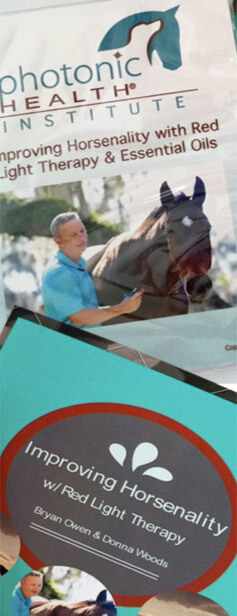
We recently did a presentation for a course at the Florida PareIli campus. A gal came up and asked if we could use her lease horse as a demo. It had not eaten that morning.
She was concerned and confused. Despite not eating, the horse appeared to be fine. So, she ruled out colic, but what was it?
The feed was the same, she had checked it to make sure it had not spoiled. She went to the instructor and asked what she should do, and the instructor pointed her to us.
The horse is very accomplished and gets the best care possible. When she brought him to us, he looked good, calm, and in good condition. However, we discovered that horses lie! Well, not really, but they are really good at not showing us pain.
Most of us don’t know when our horses have some sort of physical discomfort. We began to evaluate the horse using the basic assessment, and by the third check, the horse was biting at us and being extremely defensive. He was telling us he was in A LOT of pain.
Due to his horsenality, he didn’t really show it. It was only when we started palpating his pain points that he told us he was in pain. We suspended our assessment and immediately administered red light therapy.
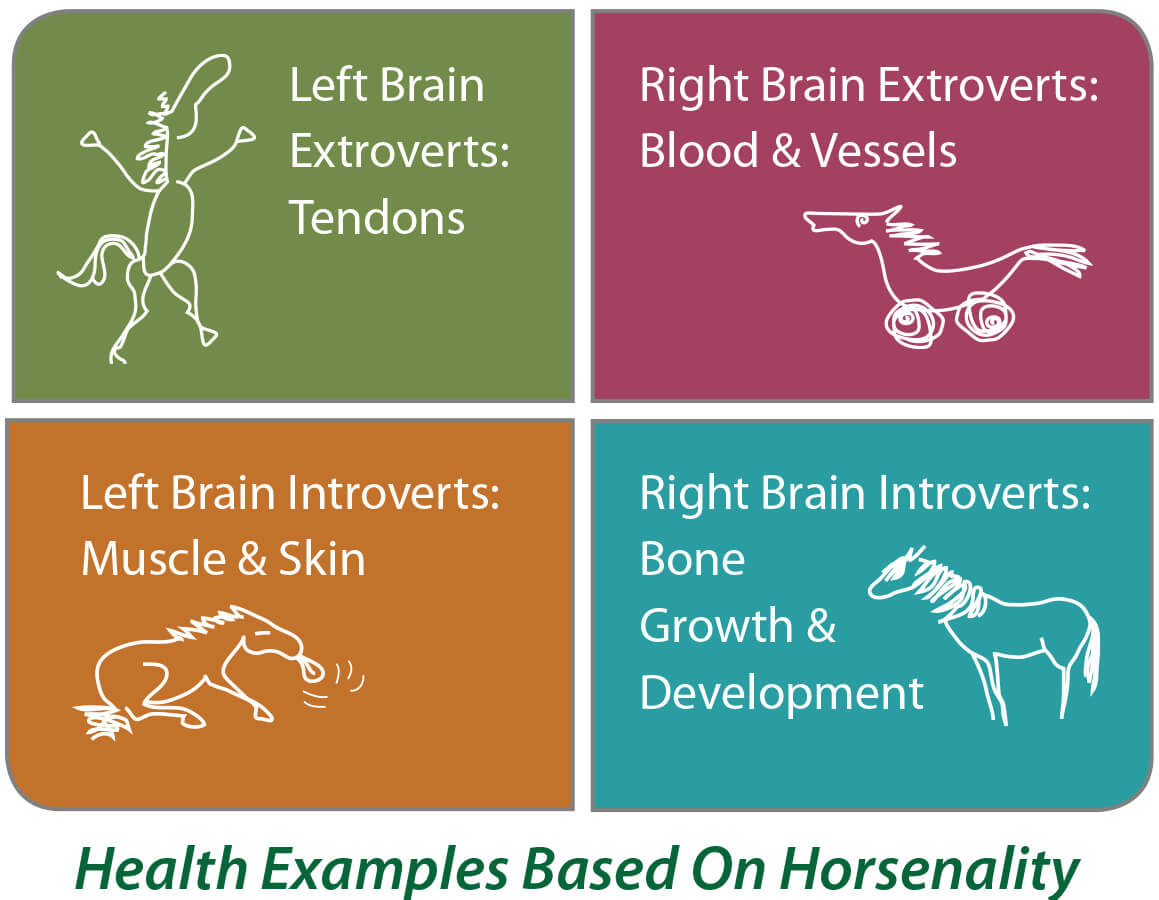
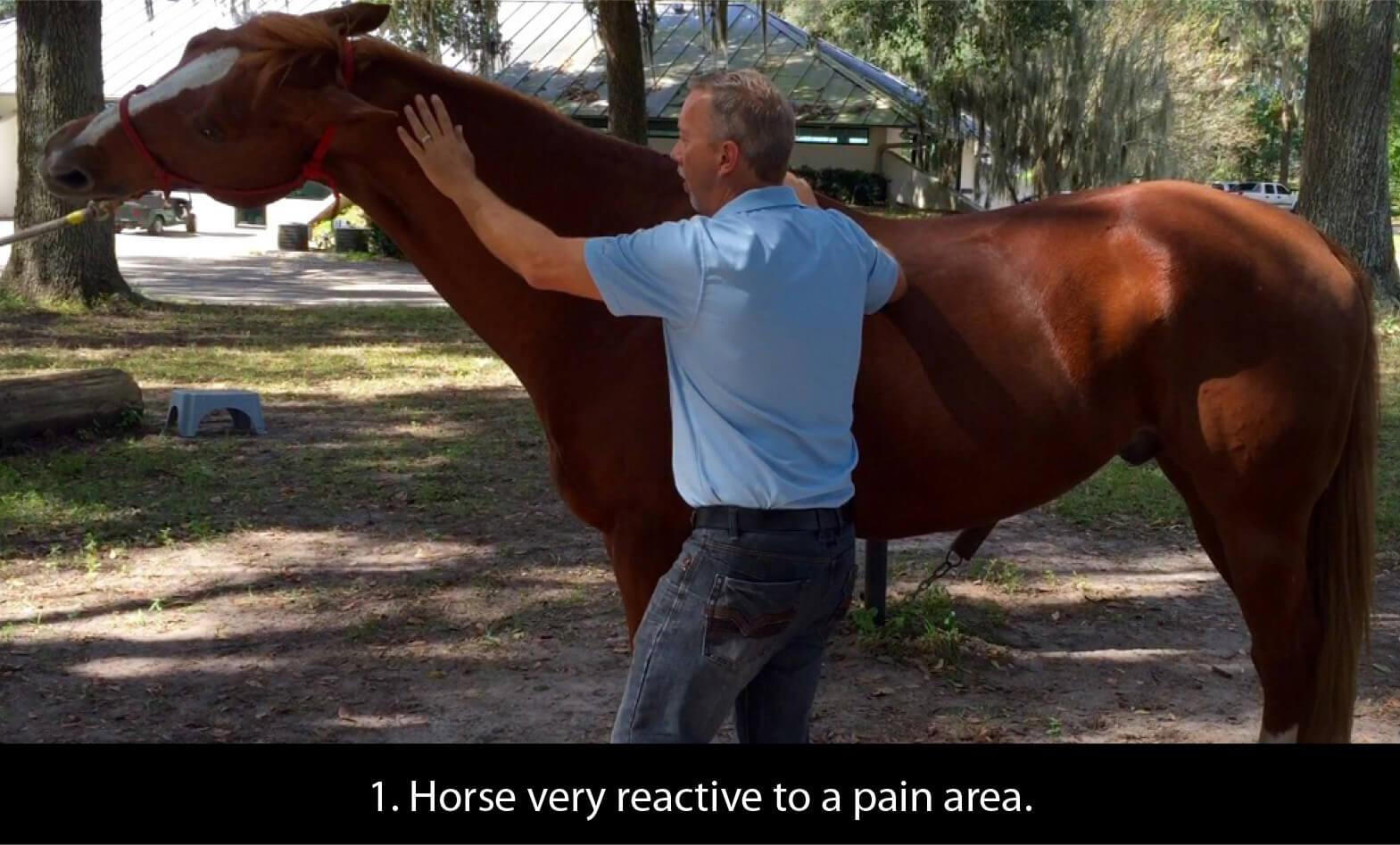
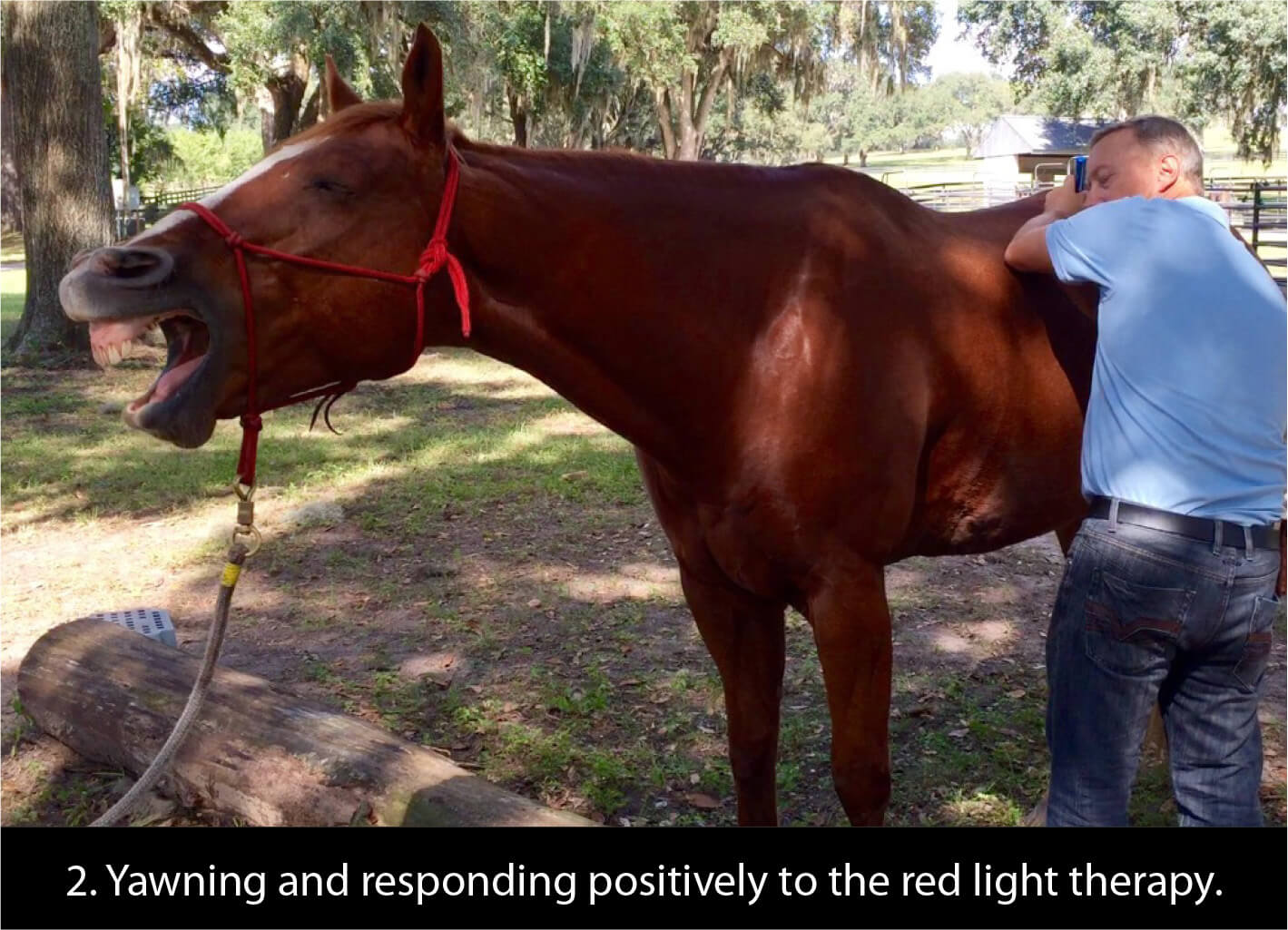
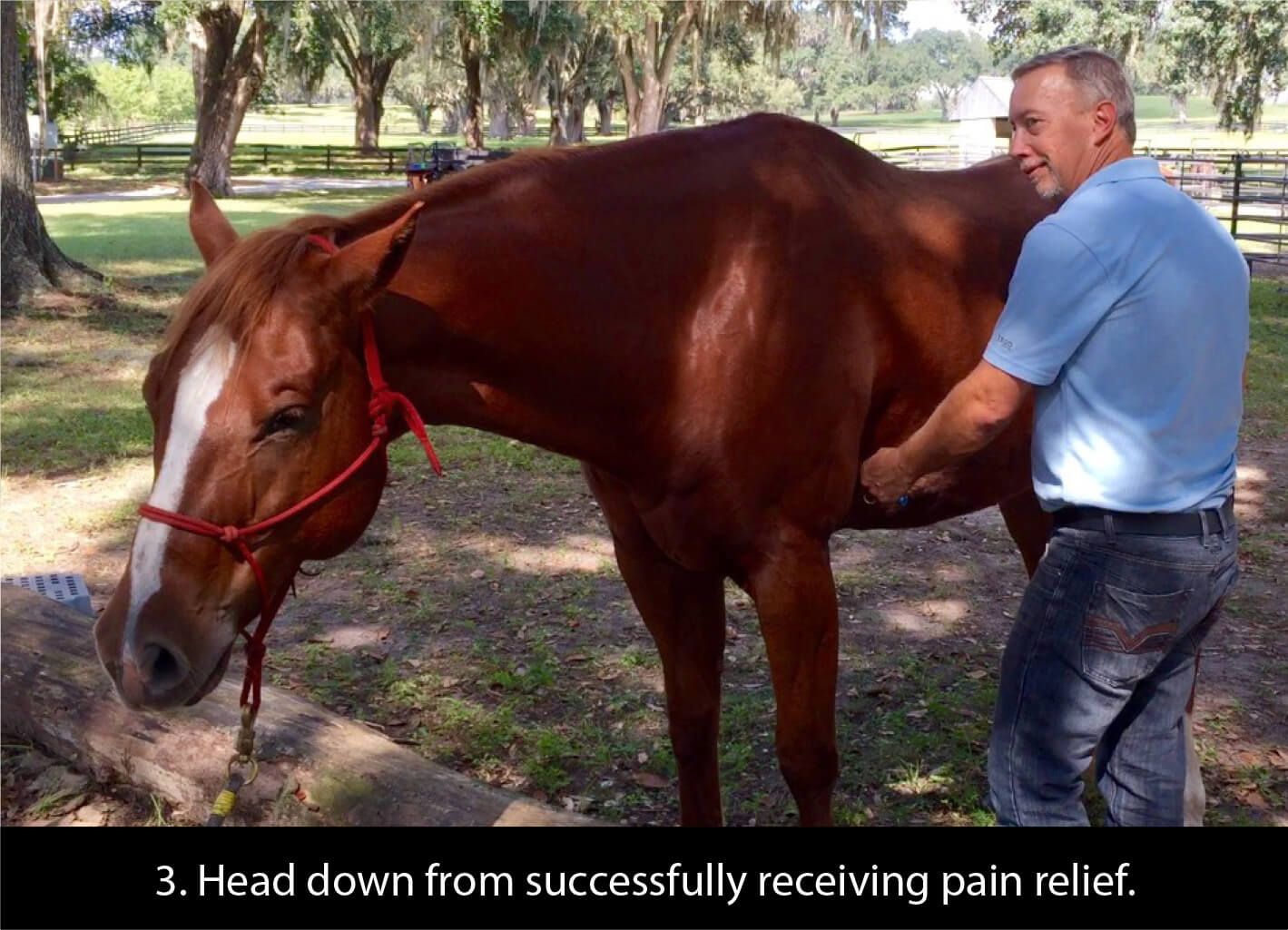
The gal who leased him followed up with two additional sessions over the next five days. When we came back six days later, the REAL horse showed up. His pain level had gone from a ten down to about a two. During the last week of the class, he was a lot happier, and a more willing partner for his human. Our Horsenality kit includes strategies to detect hidden pain in your horse, and treatment charts for each horsenality.
It details how each horsenality responds when their energy is strong or weak, the primary organs that govern their horsenality, the primary tissue affected when they are healthy or sick, and health symptoms that show up.
